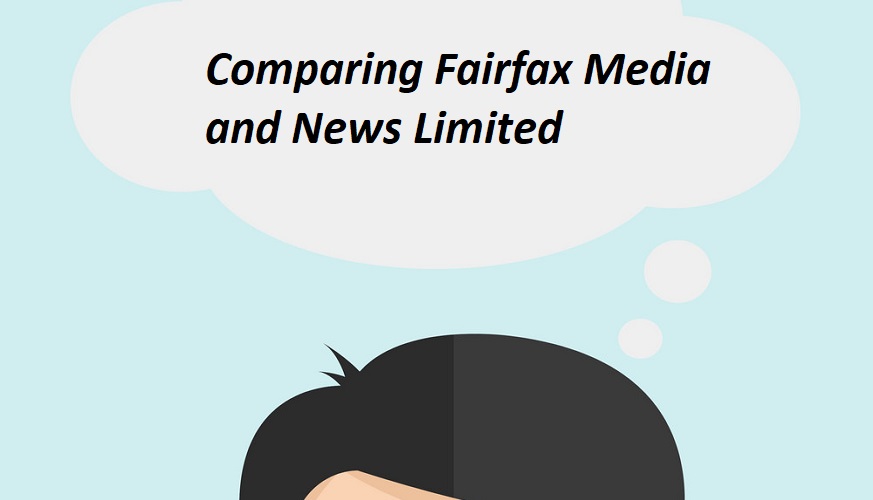Comparing Fairfax Media and News Limited Strategy
The last few days have seen a huge amount of news and commentary about Australia’s two largest media companies. Last week both Fairfax Media and News Limited made announcements to combat the decline in print revenue by putting digital at the centre of their strategy. In both cases the companies are streamlining their organisations with associated job losses (1900 announced by Fairfax, numbers to be confirmed by News Ltd).
Fairfax announced that they will move to a tabloid format for The Sydney Morning Herald and The Age and close two printing presses. The key digital impact is a digital first strategy with a pay wall to be erected around content (using a metered content model) and a centralised newsroom. The theory is that this allows Fairfax to cut manpower costs and charge to access content while continuing to earn online ad revenues as the metered pay wall still allows content to be found online by non-paying users.
Fairfax‘s online content is currently free. Successful examples for paid content include financial publications such as The Financial Times and The Australian Financial Review where the content is targeted at specific users who are willing and used to paying for valuable content not found elsewhere. The New York Times also provides an example of a metered content model; they reportedly have 454,000 paid digital subscribers accessing their global news and insight. The challenge for Fairfax is to replicate these models for content that is currently free (and available elsewhere for free) and limited to defined metro areas.
News Limited recently announced a $60 million investment in the Methode digital editorial system, this allows editors to publish online in real time plus the ability to review and modify stories for different platforms, giving the consumer the best experience across desktop, mobile, tablets or through the multiple social media networks that news content is consumed. News Limited have also purchased AIBM (Australian Independent Business Media, publisher of Business Spectator and The Eureka Report) and propose to increase their stake in Consolidated Media Holding to 50%, thus increasing their stake in Foxtel to 50% and Fox Sports to 100%.
News Limited announced their strategy as consumer focused and this seems to be the case as their new publishing platform enables stories to break quicker and removes any obstacles associated with different publishing systems or delivering to different consumer platforms. The News Limited acquisition of AIBM and proposed increase in share of Consolidated Media show that News Limited understands that they need to invest in content provision through new media channels and niche news content. They are effectively creating new revenue streams around niche content and increasing their share of existing revenue streams.
While at face value there seems to be similarities between the Fairfax and News Limited strategies as they are both changing organisational structures, resulting in job losses, the strategies are different. News Limited’s direction is to fight the decline in print revenues by providing multiple revenue streams targeted at multiple customer segments. In contrast, Fairfax plans to start charging for (currently free) content without any details on how this will be achieved.
For me it seems that News Limited has a clear strategy whilst the Fairfax strategy faces some challenges, and lacks detail on the execution. I’ll predict that the News Limited strategy will come out on top. For Fairfax to compete effectively they need to quickly work out how to create content unique enough to attract paying customers or how to create new revenue streams around specialist or niche content.




